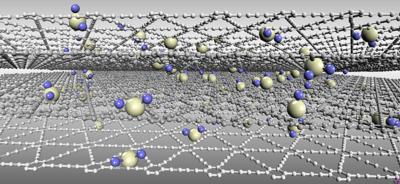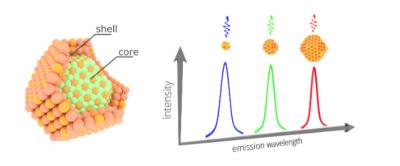UK researchers suggest a new way to improve the performance of perovskite solar cells
The performance pf perovskite-based solar cells is affected by several factors, one of which can be ion defects that can move around. As these defects move, they affect the internal electric environment within the cell. The Perovskite material is responsible for absorbing light to create electronic charge, and also for helping to extract the charge into an external circuit before it is lost to a process called 'recombination'. Most of the detrimental recombination can occur in different locations within the solar cell. In some designs it occurs mainly within the perovskite, while in others it happens at the edges of the perovskite where it contacts the adjacent materials known as transport layers.
Now, researchers from the Universities of Portsmouth, Southampton and Bath have developed a way to adjust the properties of the transport layers to encourage the ionic defects within the perovskite to move in such a way that they suppress recombination and lead to more efficient charge extraction - increasing the proportion of the light energy falling on the surface of the cell that can ultimately be used.




